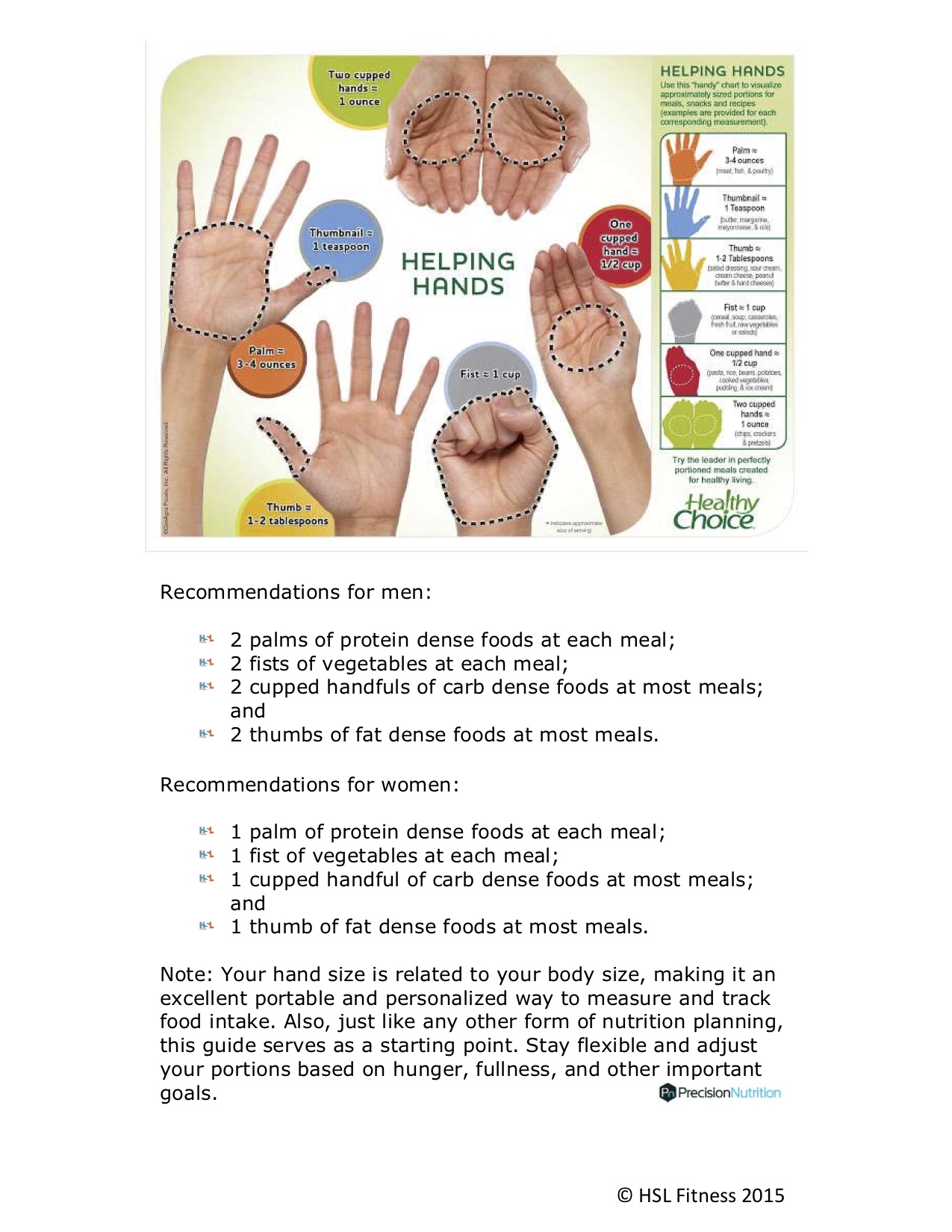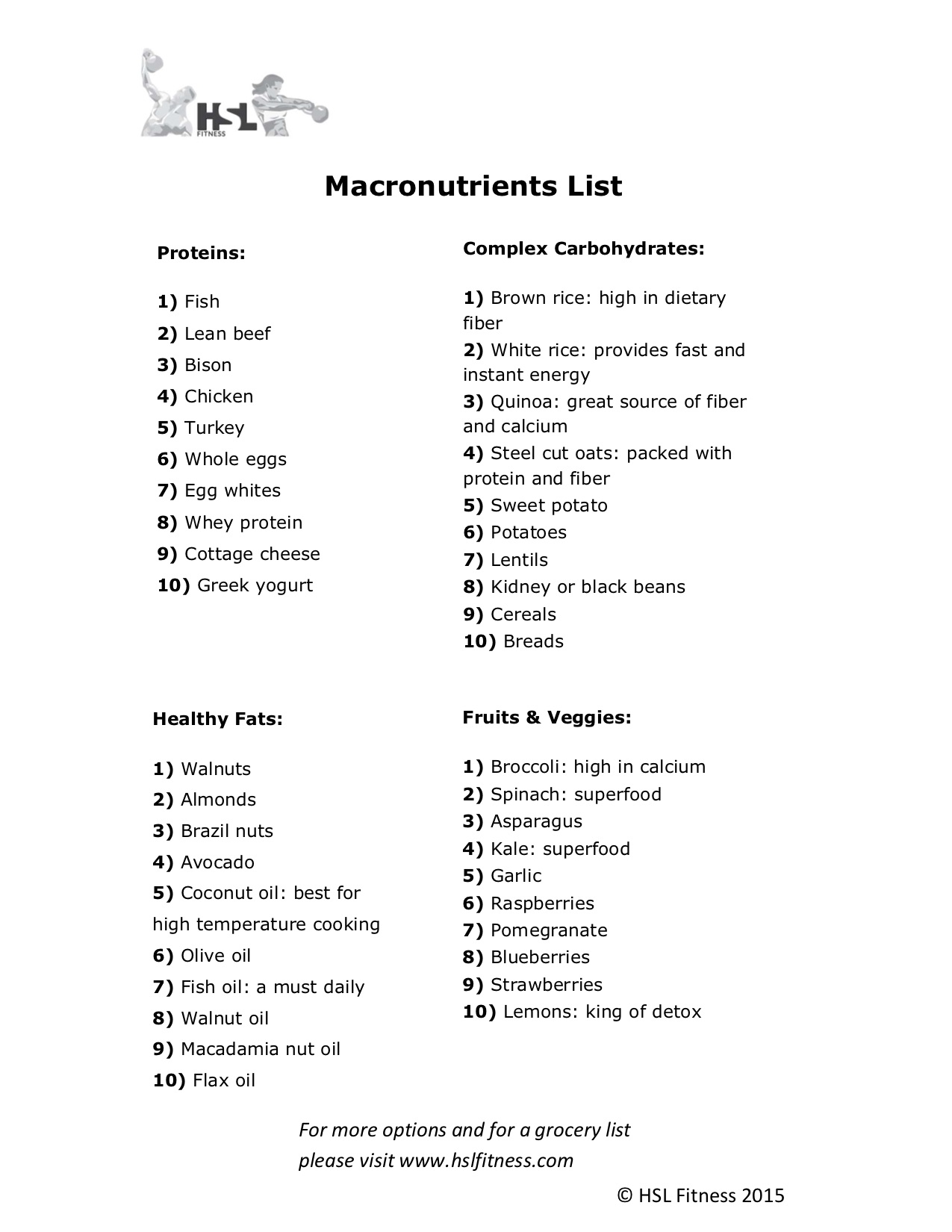In this third article of my series (Part I and Part 2), I will share with you the approach I take with my clients, based on my studies, learning and experience of others and on my own practice. The goal is self-efficacy and to provide the individuals (yourself) with a set of seven steps for developing a better understanding as well as better self-control. Although working with a coach or a nutritionist is always recommended, the point in this article is to provide you with a self-guide.
First it is necessary for you to accept the process proposed in these seven steps. If possible, a full blood-chemistry test from your GP is a useful start here to eliminate any deficiencies.
Second, simply track your meals with time and description; no need for 100% accuracy. The goal is to be an Objective Observer of your behavior while being nonjudgmental. Then once a week, review your journal to see your general eating habits (*). Only by tracking your meals can you move on to step three, aim for at least two weeks. Having the journal at the dinner table or beside the bed is useful and will easily become a habit.

Third, look at your eating habits for the past two weeks and become aware of the general pattern. You might notice that when you skip breakfast you tend to have a very large lunch or that every time you sit down to watch TV you unconsciously drink and snack with a high dose and low moderation. This awareness alone, will start the process of your self-control.
Once the pattern is clear, then plan for a breakfast and come up with three meal options using the concept of the third-plate portion: 1/3 carbohydrates, 1/3 fats, 1/3 protein (**). With these options you are sure to consume a breakfast that is balanced in macronutrients. Then make this transfer into lunch and dinner.

Fourth, it is important to understand the over-all principle; it is not what you eat during a day that matters rather what you eat during a period of time (2-3 days). Our goal is to aim for balance within each meal, but this principle enables us to get back on track when we didn’t follow the balanced-meal concept of categories and quantities. An example of the over-all principle is if you are going to your friend’s party and there will be cake and wine which you would also like to consume. That is totally fine, just reduce your fats and carbs in your other meals that day. Think of this as if you had your car’s gas tank divided into three categories; if you fill one category with more, then the next meal/day fill it with less while compensating in the other two. And so on.
Fifth, eat only until 80% full. In other words, eat to fuel and not to fill yourself. You are still eating and enjoying food, but in moderation. This principle is enhanced by the following one.
Sixth, each meal should last at least 15 minutes of undistracted and mindful eating. Not only do we taste the food better and improve digestion, but we also feel better as we appreciate the food we have on our table. This act of mindfulness elevates our soul and also allows our brain to receive the signals of satiety – thus commanding us to stop eating.
Seventh, make time for daily self-evaluation, to evaluate your own habits and eating behaviors, which builds independence and self-appraisal. Once this becomes an easy habit, you can start focusing more on the other aspects of your journal; sleep time, sleep quality, water intake, mood before and after physical activity, bodyweight and percentage of success based on all of the above guidelines (***).

These seven steps that I recommend will allow you to avoid the fad diets and yo-yo dieting that we now know are not sustainable and which negatively affect our health both physically and psychologically. This is a good way to start without cutting anything out but simply working on developing self-efficacy and moderation. Know Thyself and Nothing in Excess.
